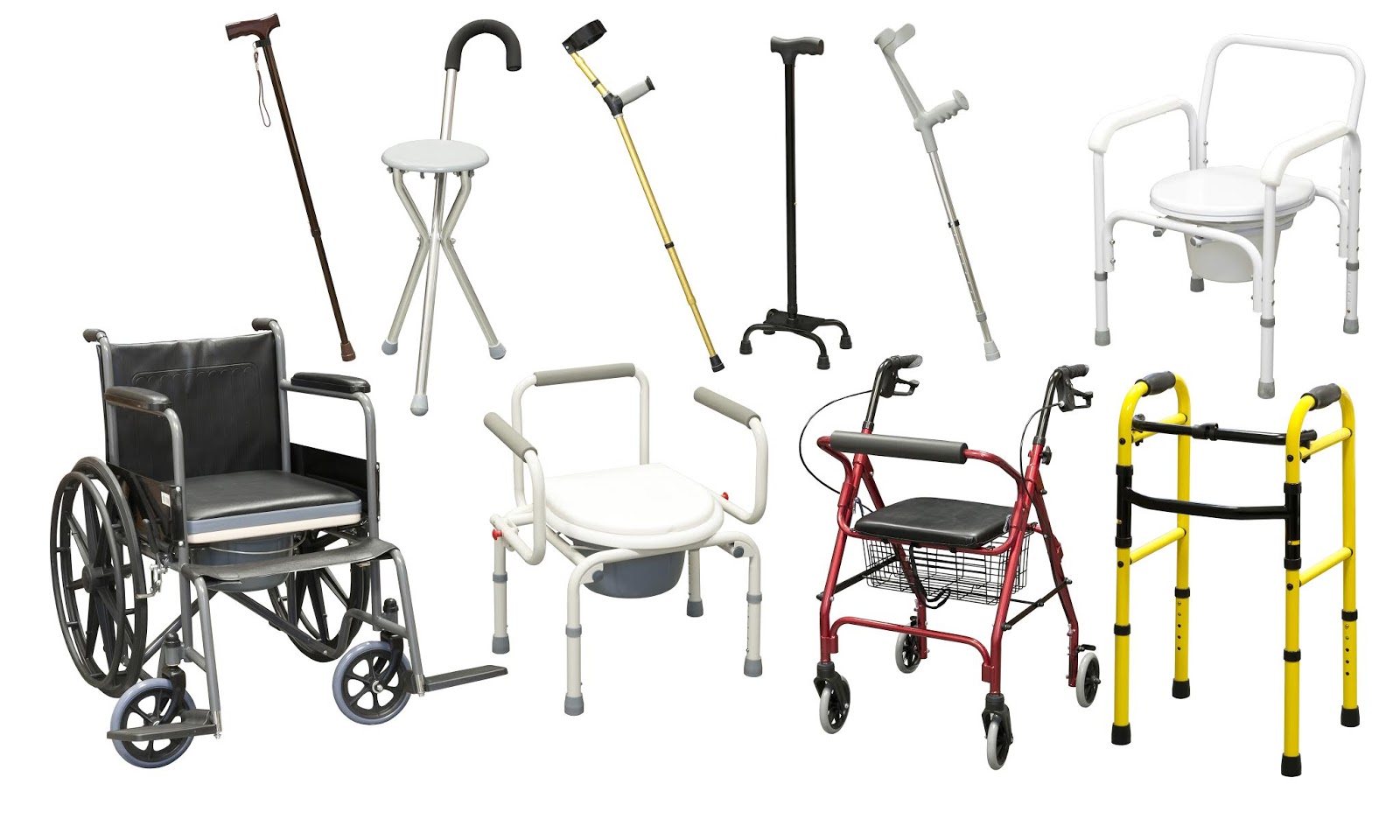Looking at Different Mobility Aids for When You Get Older

Mobility aids are devices intended to improve mobility and flexibility for individuals with issues getting about. Using functional aids usually include elderly or wounded people or older adults at higher risk of deteriorating. Such apps provide a variety of advantages for consumers, including more flexibility, decreased discomfort, and better self-confidence.
Mobility service types: The type of support for mobility depends on the problem or injury of mobility. Mobility aids are the most common types:
Canes: canes are useful to people who can slip. Cannes are comparable to crutches by bearing the body’s weight and helping to move the pressure from the hands to the feet. These remove less weight off the lower body and place more strain on the hands and wrists than crutches. Assistive canes are helpful for people who are in trouble walking and may fear to slip. In the US, one of every ten people over 65 years of age is reported to use a cane.
Different cane types include the following:
Black canes and White canes, they are primarily intended to support visually disabled individuals. White canes are smaller, lighter, and enable the consumer to identify items on their route. The two feet have a larger foundation and more support at the end of the cane. For the elbow’s additional protection, these canes will transfer more weight from the hand to the neck. Some canes can be adjusted or folded. Canes used for a non-medical function are classified as walking aids, such as walkers.
Crutches: crutches help to transfer weight to the upper body from the legs. You may use them in pairs or individually. Crutches may help to withhold an adult standing and are utilized for people with temporary or lasting injuries.
Various types of crutches exist, including:
- Crutches of the axilla (underarm): The ribcage beneath the armpits includes one portion of an axilla crutch while the person walks. Usually, these crutches are seen for short-term disabled people.
- Lofstrand crutches: This form of crucible needs the bracelet to be put in a metal or plastic cuff and a handgrip. Crutches for forearms are more often seen in people with long-term handicaps.
- Crutches on the platform: The hand keeps a brace on the board with crutches while the forearm lies on a horizontal foundation. Desk crutches are not commonly used except for those suffering from low handgrips.
Walkers: walkers, often referred to as room frames, consist of a four-legged metal frame that provides stability and user support. 4.6% of adults in the USA over 65 use these very safe walking aids. A 3-sided structure encloses straightforward walkers. Users raise the frame, place it before them, and then go ahead to meet it before the process is repeated.
Many walkers have rollers or glide on their thighs, so the user can move the walker instead of raising himself. To people with limited arm strength, this is especially helpful.
Walkers other than the basic model include:
- The scooters: A frame of four wheelchairs, handlebars, and benches is a famous walker such that users can relax when needed. Often included as a safety feature are hand breaks.
- Hiking shin: Like a roller, this device enables a user to rest his knee on a padded coil while pushing his / her more muscular leg forward.
- Hybrids with walker-cane: The mobility aid requires two legs instead of a single body, positioned like a wheelchair and a wanderer. This can be used with one or both hands and is helping more than a regular cane.
Wheelchairs: Another type of accessibility aid is a wheelchair. Wheelchairs are used by people who can’t use their lower limbs. These may be more suited for people with severe conditions than walkers when walking for longer distances. Wheelchairs may be moved by the consumer manually, driven, or operated by someone else. In 2016, a wheelchair was built, which could be powered by neural impulses. Examples of specialist forms of wheelchairs involve seated, nearly sitting, roller-chairs, and athletic wheelchairs designed for usage in different athletic.
Mobility scooters: such machines have a seat mounted on either 3, four, or five legs, equivalent to a wheelchair. The feet of the rider lay on the footplates and monitor the course with handlebars or steering wheels. We usually are operated by batteries.
Conclusion: A range of mobility aids, from stairlifts to walk-in showers – are available on the Age UK Mobility site Age UK Mobility site.
